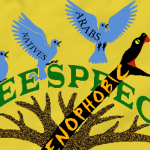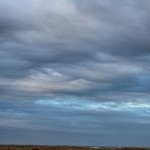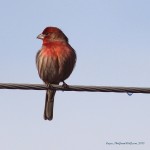In my years of practicing totemism, I’ve noticed that it is much easier for we human animals to connect to other animal beings. And we are especially biased toward those animals that more resemble us—mid-sized, erring on the side of larger, mammals, very often carnivores or omnivores. If we deviate much, it’s usually to birds, our living dinosaurs. Reptiles and amphibians are rarer, and if you want to get into the downright exotic work with a fish or an invertebrate. (Rather sad that the greater portion of animal life forms in the world can be boiled down to the one word “invertebrate” in this case.)
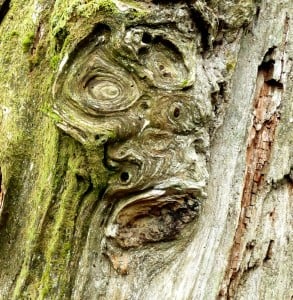 Still, we recognize in animals something of ourselves. I recently watched with great fascination a three-part series called Walking With Monsters. This featured the struggles of animal species prior to the dinosaurs, and focused especially on those animals that would eventually evolve into us. Even those species alive today who deviated far away from us early in the ancestral tree still share common ancestry, and we resonate with that.
Still, we recognize in animals something of ourselves. I recently watched with great fascination a three-part series called Walking With Monsters. This featured the struggles of animal species prior to the dinosaurs, and focused especially on those animals that would eventually evolve into us. Even those species alive today who deviated far away from us early in the ancestral tree still share common ancestry, and we resonate with that.
But animals are not the only, or even the most numerous, living beings on the planet. Plants outnumber us, and represent an entirely different lineage (other than the very earliest sparks of life from whence we all came). The biology of a plant is very different from our own in every aspect, from how they gain nutrition to their manner of reproduction, and even the molecules they absorb from the air. Perhaps it is this seemingly alien nature that makes it harder for us to relate.
And perhaps it’s because we take them for granted, too, that fewer of us work with plants as totems, as opposed to a few dried herbs in a spell or magical pouch. Plants are all around us. We can see them, plant them, even destroy them with relative ease (kudzu not withstanding). But animals—those are more fleeting, especially those in the wild, and moreso those larger, shyer beings that can only be seen in their territory if we take ourselves far away from our own. Even professional nature documentaries are made of the tiny fraction of the camera crew’s entire time and film—most of it is waiting, and traveling, and too-brief glimpses.
So we focus on the lions in the savannah, and ignore the grasses and trees where they lie in wait for their prey. We hike in the forests in search of wild birds to photograph and count, but the canopies in which they sing and nest are often given little notice. And in the same way we overlook the totems of plant species while working with the animals. Who ever talks to the totemic White Sagebrush while smudging with the pungent dried leaves of one individual plant? And what of Douglas Fir, whose children line the Columbia River Gorge and further? And what of the totems of cooking herbs, and garden plants, all of which we rely on to live?
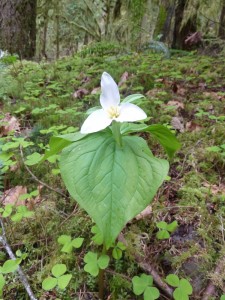
But I am more and more an adherent of bioregional totemism, which takes totems in context, just as animals exist in an environment that is just as much alive as we are. And so while a lot of what work I have done with plant totems is still quiet and personal and not ready to share yet, I have been taking the time to extend my own awareness and cooperation beyond those of flesh, bone, eyes, and the intake of oxygen.


